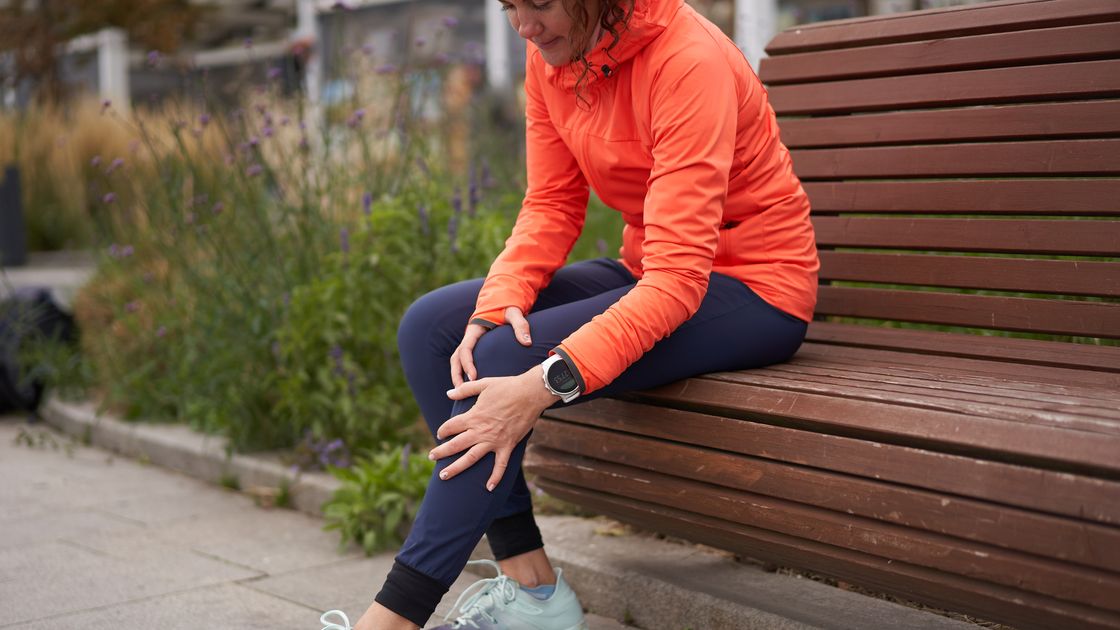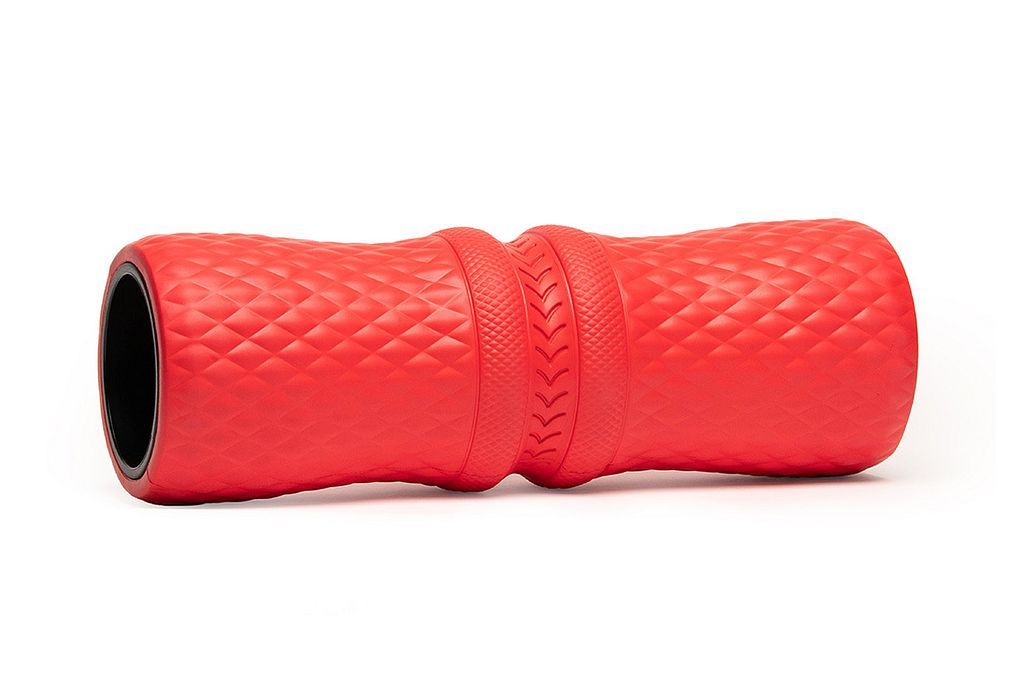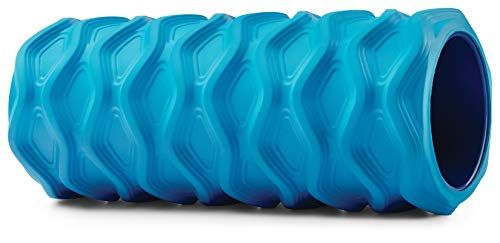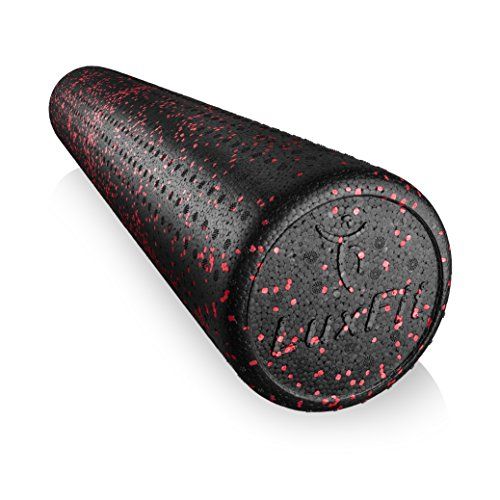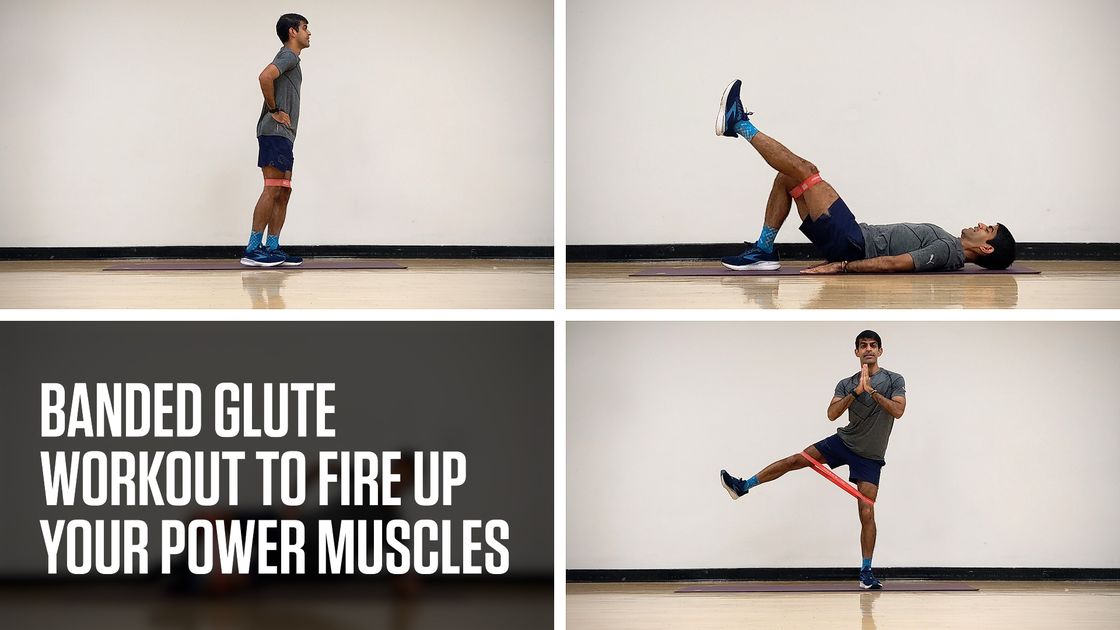Get any group of runners together and at least one will likely say they have a problem with their iliotibial band, experiencing what they refer to as a “tight IT band.”
The iliotibial band, or IT band, is a thick band of fascia, or connective tissue, that runs from the outside of the hip to the outside of the knee. It can easily become inflamed with a repetitive activity like running, and when that happens, it is called iliotibial band syndrome or ITBS. As the iliotibial band reaches the knee, it narrows, and rubbing can occur between the band and the bone, which causes this inflammation, according to
Jordan Metzl, M.D., a sports medicine physician at the Hospital for Special Surgery in New York City.
If you’re experiencing aches while you run and suspect you might have IT band syndrome, here’s everything you need to know about the injury, including iliotibial band syndrome symptoms, treatments, and tips for prevention.
Iliotibial Band Syndrome Symptoms
The most typical and notable symptom of IT band syndrome is pain on the outside of the knee. Because of the location of the pain, many runners mistakenly think they have a knee injury, like a lateral meniscus tear, says Metzl. But a knee injury like a tear will usually swell, so if you don’t have any swelling, and you’re consistently experiencing pain about five to seven minutes into every run, you likely have ITBS, Metzl explains.
Another way to differentiate a lateral meniscus tear from IT band syndrome is that you’ll experience a clicking sensation with a tear.
If you want an official diagnosis, it’s best to see a doctor, of course, but you should know that an MRI can only sometimes confirm a meniscus tear or ITBS, says Susan Paul, a running coach and exercise physiologist. An X-ray cannot always show ITBS, while the MRI might show a partial thickening of the band, which results from inflammation.
So, if you want to quickly self-check whether you might have IT band syndrome, look for these symptoms:
- Pain on the outside of the knee
- Pain that kicks in about five to seven minutes into a run
- No swelling or clicking
Common Causes of Iliotibial Band Syndrome
IT band syndrome can result from any activity that causes the leg to turn inward repeatedly. For example, wearing worn-out shoes, running downhill or on banked surfaces, running too many track workouts in the same direction, or simply running too many miles without building up slowly can all increase your risk of IT band syndrome. Weak glutes can also contribute to IT band syndrome.
Unlike many overuse injuries, however, IT band pain afflicts seasoned runners almost as much as beginners.
Iliotibial band syndrome is more common in women, however, possibly because they tend to have wider pelvises than men. “A wider pelvis means a greater degree of rotation when running, meaning more stress is placed on the IT band,” Paul explains.
If you have any of the three ITBS symptoms, ask yourself these questions:
- Are your shoes worn out or do you need arch supports?
- Do you frequently run downhill?
- Have you just quickly bumped up your distance rather than increasing gradually?
- Do you need to focus on glute and core strengthening?
Iliotibial Band Syndrome Treatment
The best treatment for iliotibial band syndrome is to rest immediately—which means fewer miles or no running at all for at least a couple of days. For the majority of runners, resting immediately will prevent pain from returning. If you don’t give yourself a break from running, ITBS can become chronic.
While you’re backing off on your mileage, considering cross-training to keep up your cardio. Swimming, pool running, cycling, and rowing are all great options.
To stave off aches, targeted stretches and/or strength moves, ice or heat, ibuprofen, an ultrasound, or electrical stimulation with topical cortisone may all help.
If your IT band problem doesn’t get better, it’s always a good idea to see a physician or sports-medicine professional. You may need a cortisone injection to break up scar tissue and help speed healing, Metzl explains. Be aware that cortisone presents its own risks because it can weaken ligaments and tendons, which is why doctors don't immediately offer them as a solution.
The last resort to treating IT band syndrome is surgery to release and mobilize the IT band, but this is very rare and for severe cases.
Preventing Iliotibial Band Syndrome
There are many things you can do to prevent IT band syndrome. The first: Train smart and consistently. Scott Murphy Halasz, P.T., D.P.T., a physical therapist at RunLab in Austin, Texas, tells Runner’s World that you have an increased chance of suffering from IT band syndrome if you ramp up your mileage too quickly. That’s why if you do start to feel the telltale iliotibial band syndrome symptom of pain outside of your knee, you want to decrease your mileage or take a few days off.
The golden rule for increasing distance? Most experts recommend following the 10- to 15-percent rule. That means, only increase your mileage ever week by 10 to 15 percent.
A few other strategies may help you prevent IT band syndrome. For starters, warm up with a short walk of a quarter- to half-mile before you run. This will get your blood flowing and loosen the IT band.
Foam rolling every day for a few minutes on each side is another great way to sidestep IT band pain, Metzl says. However, avoid foam rolling any area that hurts and don’t roll the joints. Instead, roll out the muscles and tissues around those areas. You want to roll slowly from the bottom of the hip to top of knee along the outside of the leg.
Metzl also recommends strengthening your glutes and core to help take the load off the IT band. He recommends four sets of 15 jump squats three to four times a week and three minutes of plank holds every day.
Remember, you can’t stretch or strengthen your IT band, but you can take care of it by making sure the muscles around it are strong, as well as flexible.
